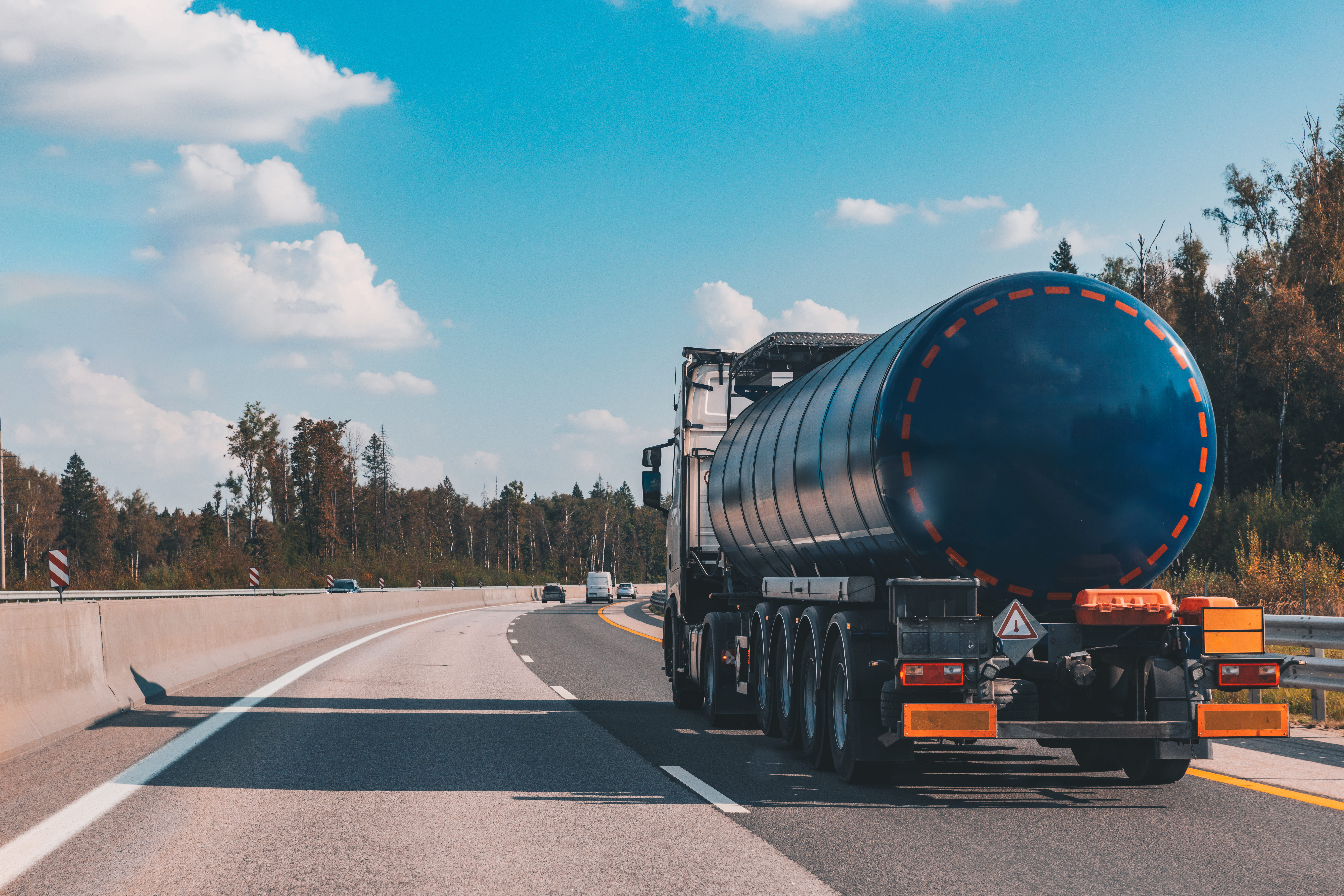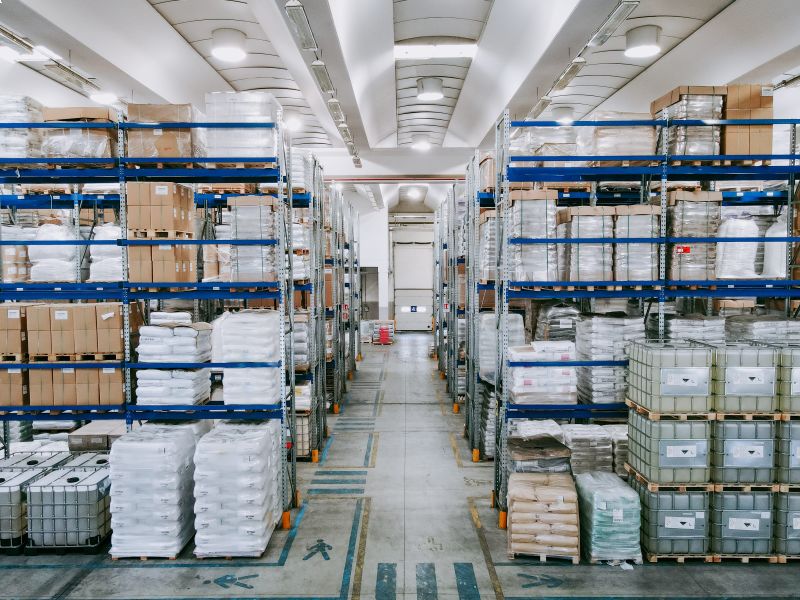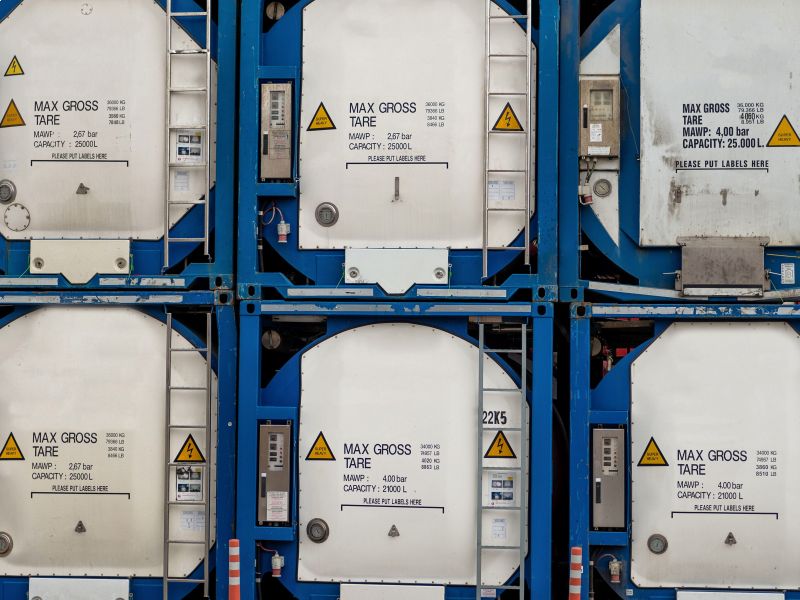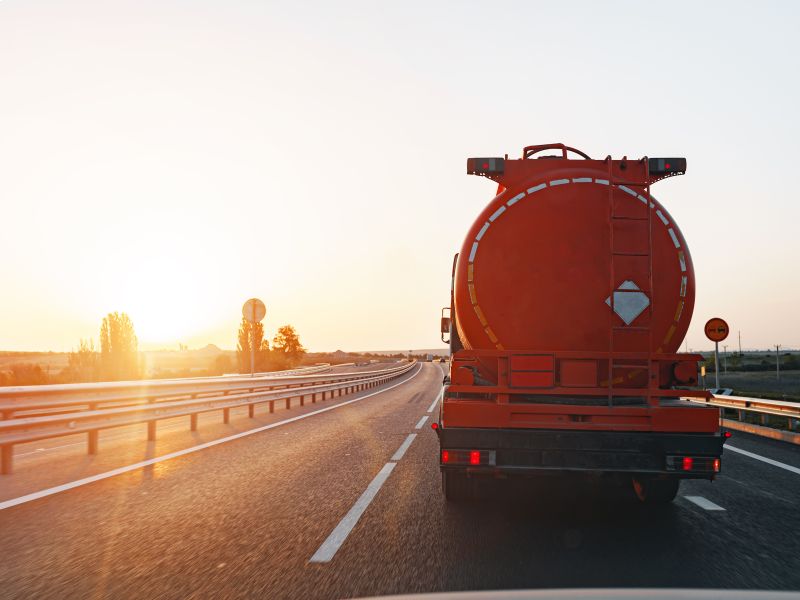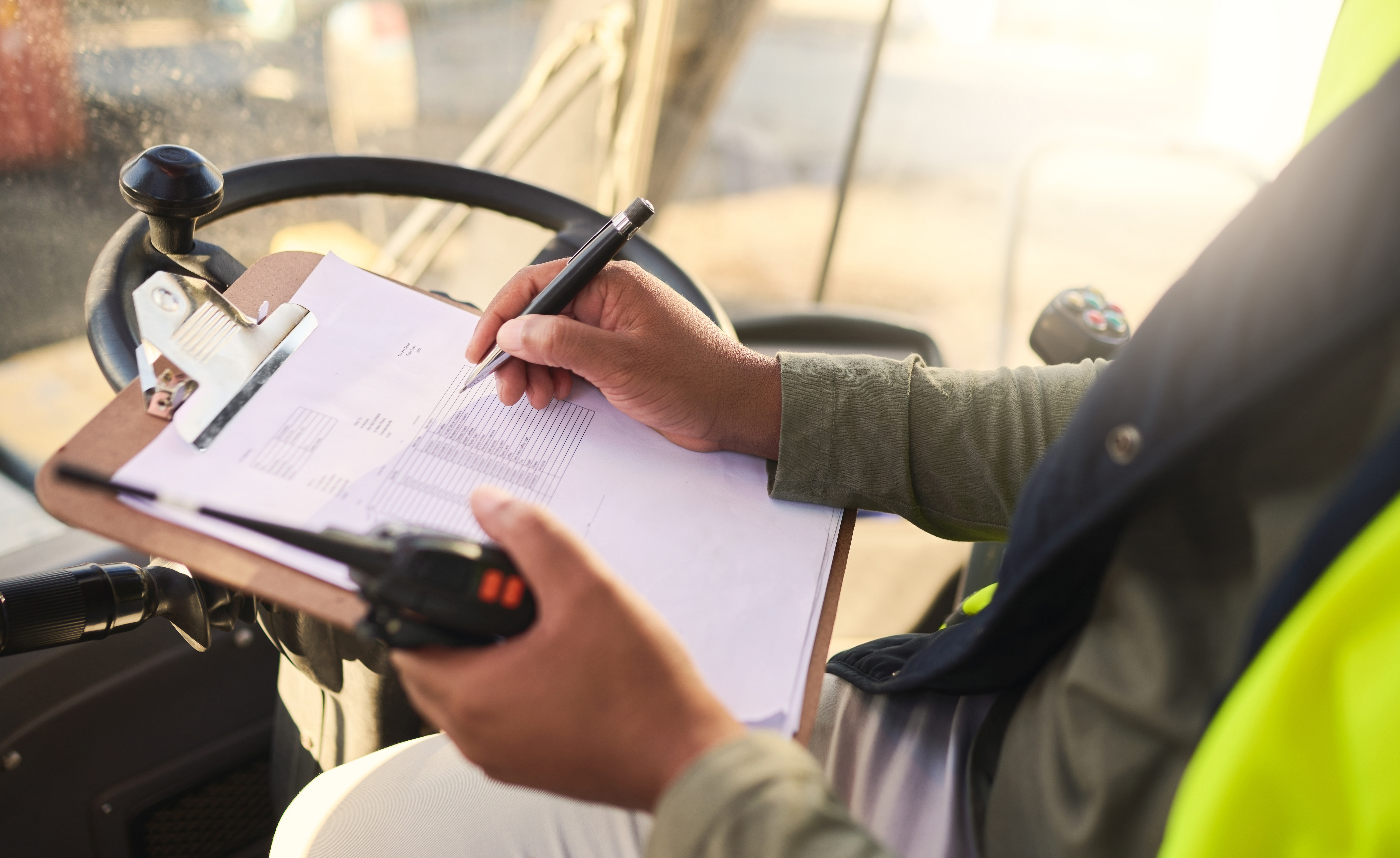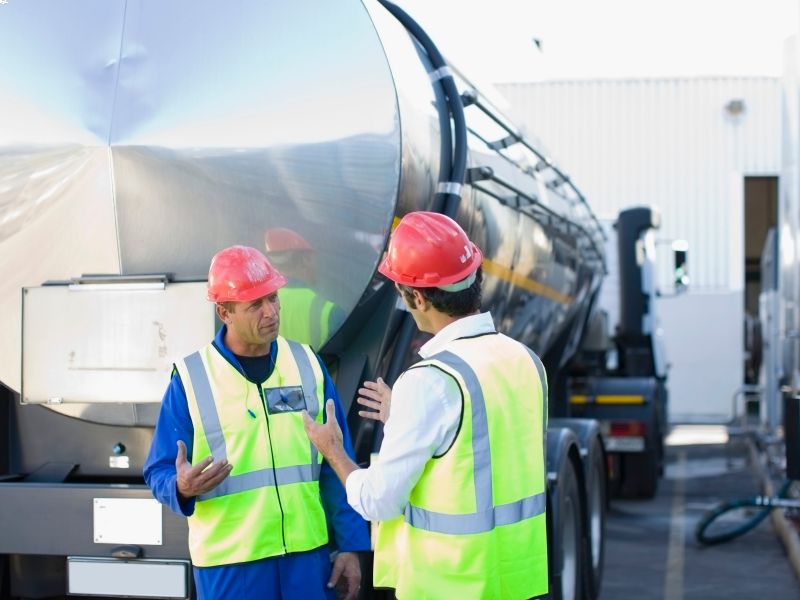ADR Classes: classification of dangerous goods.
Goods are defined as dangerous when they can cause harm to the environment and to people, both those who come into contact with them and those who do not handle them directly, and are classified into 13 ADR classes.
ADR refers to the ADR Agreement, the European directive for the transport of dangerous goods on the road, which is divided into two parts: Annex A is about the classification of goods, packaging and labelling requirements; Annex B is about safety provisions for vehicles transporting the previously classified goods.
Both annexes are updated every two years, to adapt the regulation to changes in transport, safety, technical progress and new substances and goods that may fall under the regulation.
Below we look at the 13 ADR classes by which dangerous goods are classified and their packaging provisions.
How dangerous goods are classified
Dangerous goods are divided into classes according to the risk they can cause if not properly handled and their properties.
Hazardous goods that have more than one hazard, e.g. are both toxic and corrosive, are placed in a single class based on the chemical and physical characteristics and intrinsic properties of the substance. Usually, a primary class and subsidiary hazards are assigned.
The ADR classes are:
Class 1 - Explosive substances and articles
These substances are subdivided in turn into six subclasses according to hazard: substances with a mass explosion hazard, substances with a projection hazard, substances with a fire hazard, explosives without a significant hazard, substances with a low explosion hazard but with a mass explosion hazard and insensitive objects without a mass explosion hazard.
Class 2 - Gases
Which groups flammable gases, non-flammable and non-toxic gases and toxic gases.
Class 3 - Flammable liquids
This class includes both substances and objects containing them.
Class 4.1 - Flammable solids, self-reactive substances and solid desensitised explosives
This includes all those solids which are readily combustible during carriage or which may cause fires by rubbing; self-reactive substances are thermally unstable, dangerous even in the absence of oxygen; desensitized solid explosives are substances humidified with water or alcohol or diluted to eliminate their explosive properties.
Class 4.2 - Substances which are subject to spontaneous ignition
These include all those substances which are susceptible to spontaneous combustion under normal conditions of transport: these substances heat themselves when in contact with oxygen in the air and the heat generated, after a certain time and in certain quantities, triggers combustion.
Class 4.3 - Substances which, in contact with water, develop flammable gases
Certain substances in contact with water develop flammable gases capable of forming explosive mixtures when combined with air.
Class 5.1 - Comburent substances
A class comprising all those substances which are not combustible but which may contribute to or cause the combustion of other substances: by releasing oxygen very rapidly, they promote combustion in the presence of combustibles.
Class 5.2 - Organic Peroxides
Substances subject to exothermic decomposition at normal or elevated temperatures: decomposition may be triggered by heat, rubbing, shock or contact with impurities (e.g. acids).
Class 6.1 - Toxic Substances
Those substances that can harm human health or cause death by inhalation, dermal absorption or ingestion.
Class 6.2 - Infectious substances
Those that contain, or are thought to contain, pathogens, microorganisms such as viruses, bacteria, parasites and fungi that can cause disease.
Class 7 - Radioactive Material
Those substances that produce radioactive isotopes: radioactive matter contains unstable atoms that, by spontaneously changing their structure over a period of time, emit invisible radiation that can cause chemical or biological radiation.
Class 8 - Corrosive Substances
This includes substances which, in the event of spillage, may cause damage to the human tissue with which they come into contact and damage other goods or the means of transport.
Class 9 - Miscellaneous Dangerous Substances and Objects
This class includes all substances that are hazardous goods but are not by definition covered by the others specified in the other ADR classes.
Classification of a dangerous substance: UN number and packing groups
Hazardous goods are placed in one of the ADR classes for transport but must also be identified individually. Identification is done by means of the UN Number: a four-digit number that precisely defines each substance.
According to the UN Number, certain transport and packaging conditions for the substance must be met. Each Number is associated with a letter (X, Y, Z) which identifies the respective packing group:
- X, Packing group I - High danger/very hazardous goods;
- Y, Packing Group II - Medium Hazard;
- Z, Packing Group III - Low Hazard.
Rely on Corsini for the transport of these specific ADR classes
The Risk Classes for which Corsini is certified to handle and transport are: 2, 3, 4.1, 4.2, 4.3, 5.1, 5.2, 6.1, 6.2, 8 and 9.
Contact us for any information about our ADR transport service for dangerous goods.
News.
STAY UP TO DATE ON HAZARDOUS GOODS AND THE CHEMICAL SECTOR
The world of hazardous goods transportation is constantly evolving, as are the regulations affecting the shipment and logistics of hazardous substances and chemicals. Stay up-to-date with our industry articles.

 Registered office: Viale Etiopia, 5 - 20146 Milano (MI)
Registered office: Viale Etiopia, 5 - 20146 Milano (MI)






